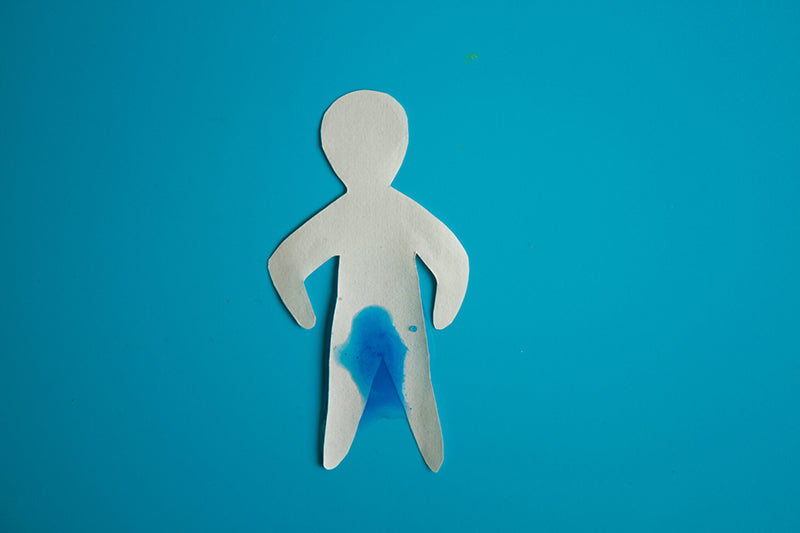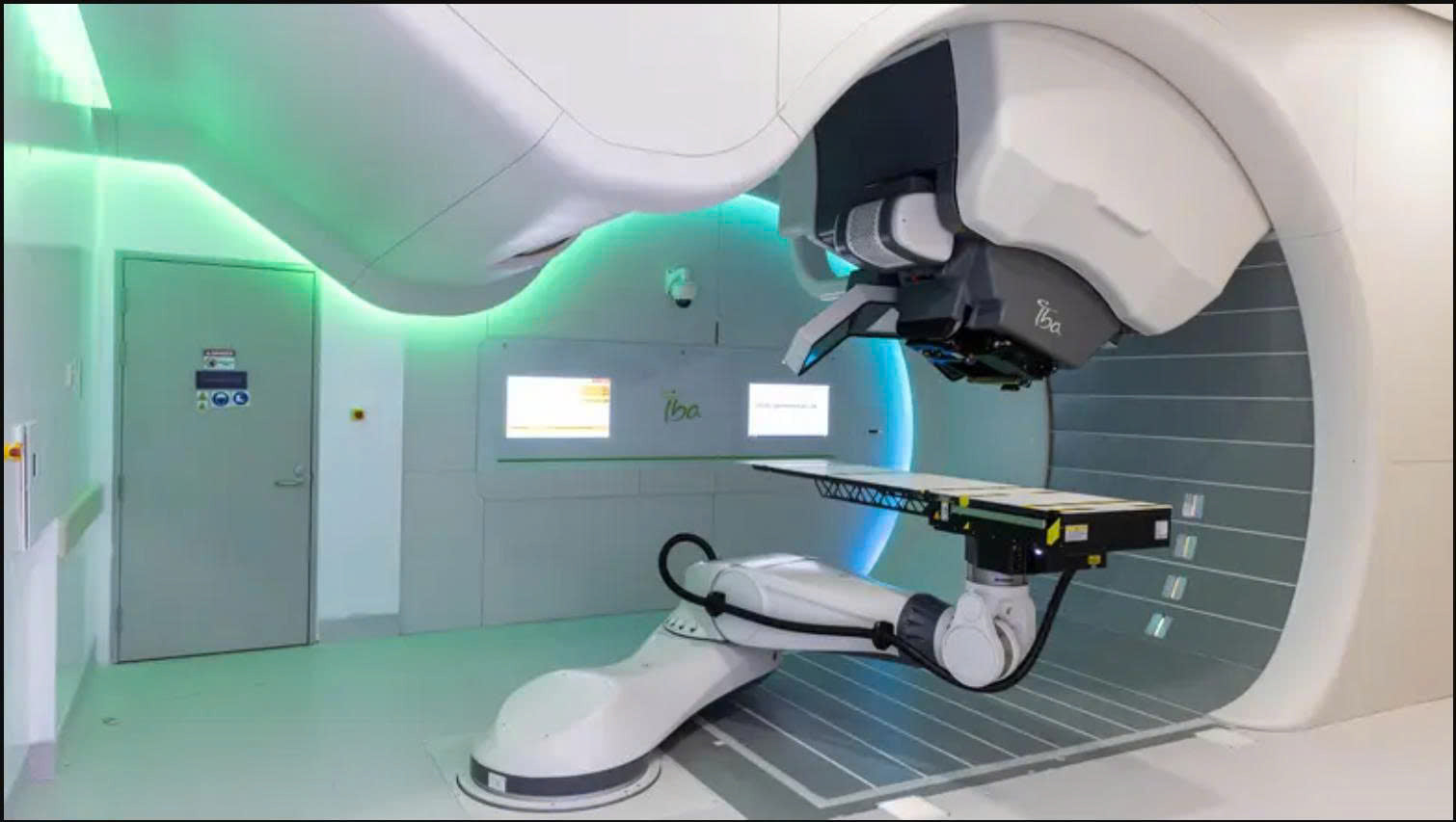Urinary incontinence

What is urinary incontinence?
Urinary incontinence is the inability to control the flow of urine from the bladder.
As we age, poor bladder control becomes more common as the pelvic floor muscles weaken. This is a common problem and can occur at any age.
Types of urinary incontinence
The most common types of urinary incontinence include:
- Urinary incontinence due to a full bladder – Leaking small amounts of urine throughout the day
- Stress incontinence – Leaking small amounts of urine when coughing, laughing, sneezing, or exercising
- Urinary incontinence due to urinary urgency – Frequent and urgent need to urinate
What are the symptoms of urinary incontinence?
Common symptoms of urinary incontinence include:
- Occasional urine leakage when coughing or sneezing
- Sudden urge to urinate
What causes urinary incontinence?
Common causes of urinary incontinence include:
- Prostatitis, benign prostatic hyperplasia or prostate cancer (in men)
- Pregnancy and childbirth, hysterectomy , menopause, or interstitial cystitis (in women)
- Bladder cancer , bladder stones, neurological disorders, or age (in both men and women)
Temporary causes of urinary incontinence include alcohol use, drinking too many fluids, caffeinated beverages, medications, urinary tract infections, and constipation.
How is urinary incontinence treated?
Treatment for urinary incontinence will depend on the type, severity, and cause.
Acute incontinence caused by infection, kidney stones, or medications usually goes away when the underlying problem is treated.
Other treatments include:
Conservative treatment
- Biofeedback helps increase bladder control
- Electrical stimulation to increase muscle tone in cases of stress incontinence or urge incontinence
- Kegel exercises strengthen pelvic floor muscles and sphincters
Bladder support devices
- Food supplements such as collagen or artificial substances that help support the urethra, thereby reducing stress incontinence.
- Lifting ring (removable semi-rigid ring) placed in the vagina to correct the position of the urethra and reduce stress incontinence
Surgery
- Catheter placement (insertion of a thin tube into the bladder) in women who cannot empty their bladder completely due to loss of muscle tone, previous surgery, or previous spinal injury
- Bladder neck suspension (hammock) below the bladder for support
- Artificial sphincter (urethral ring) can be inflated by hand to seal around the urethra and prevent urine leakage
- Stitching (sewing) to fix the bladder by sewing the bladder to nearby muscle, tissue, or bone
Medicines
- To restore normal bladder function
- Inhibits overactive bladder activity by stabilizing detrusor muscle contractions
- Relax the muscles and allow the bladder to empty completely.
Your doctor may also recommend a combination of these therapies to suit your individual needs.
-------------------------------------------------------------------------------------------
👉 Contact SunCare for medical support and advice as well as professional private jet transportation services 🇸🇬 SUNCARE PTE. LTD SINGAPORE
🏠 Add: 10 Anson Road, #10-11 International Plaza, Singapore 079903
☎️ Hotline: +65 96727717 (Dr. Lien Minh - Director) Zalo, Viber
📨 Email: suncarehealth@gmail.com





